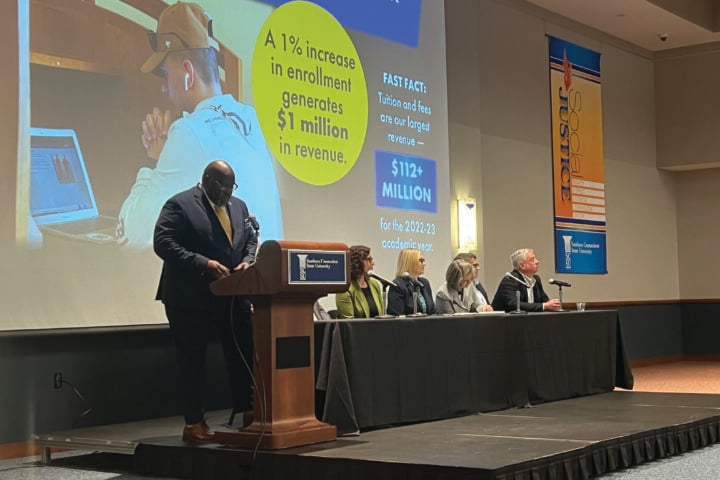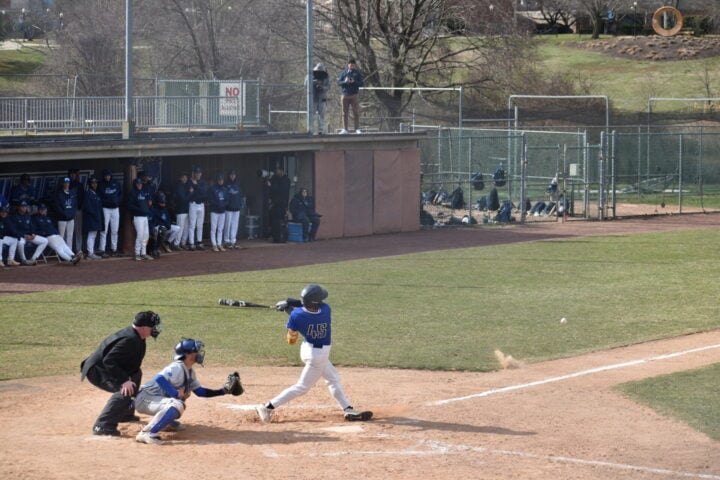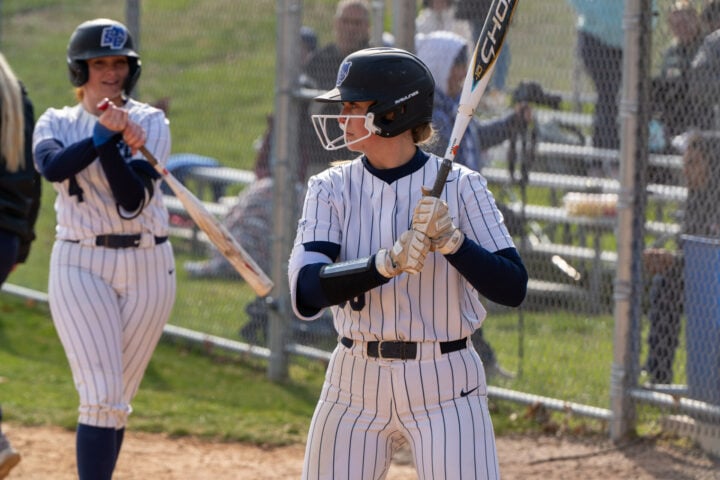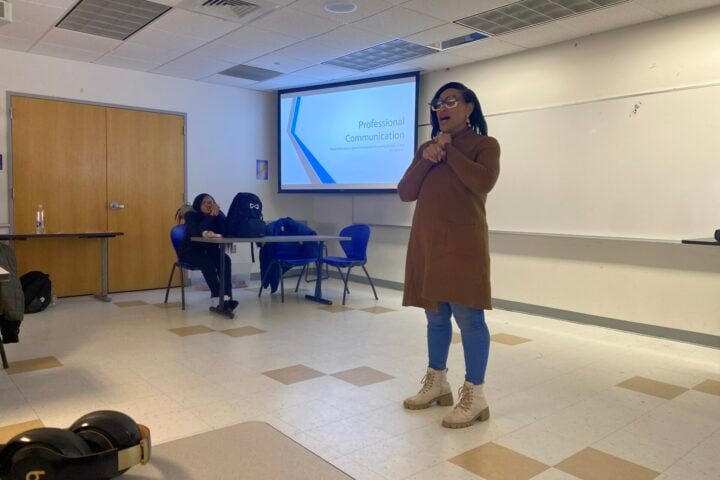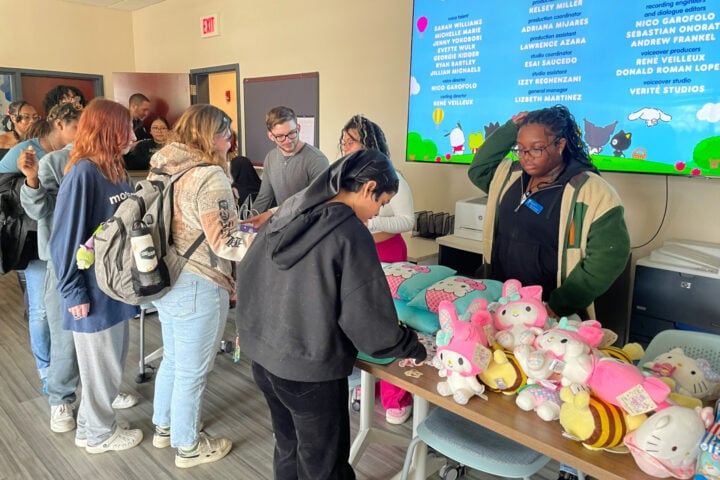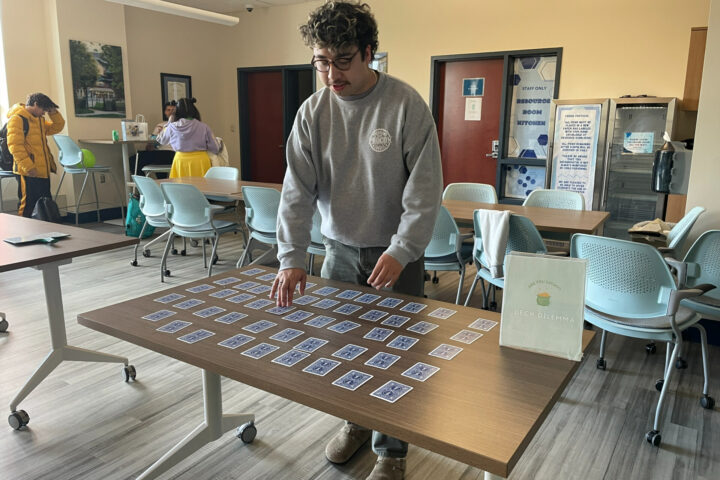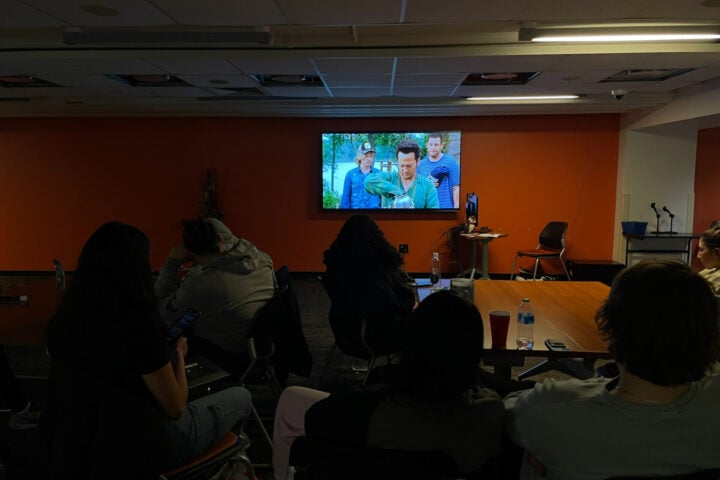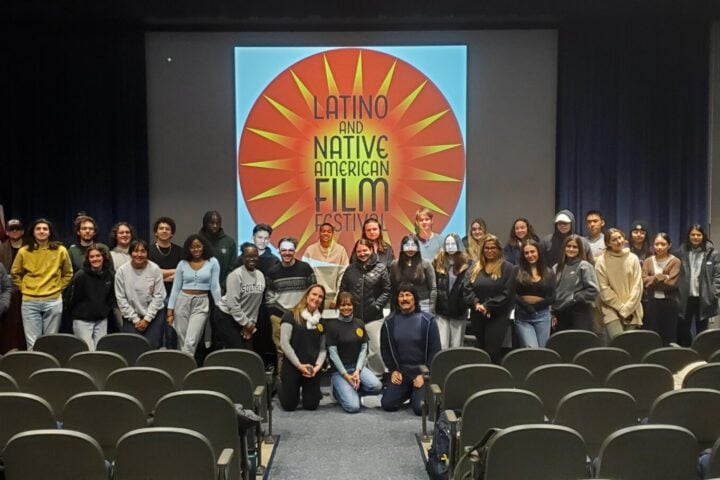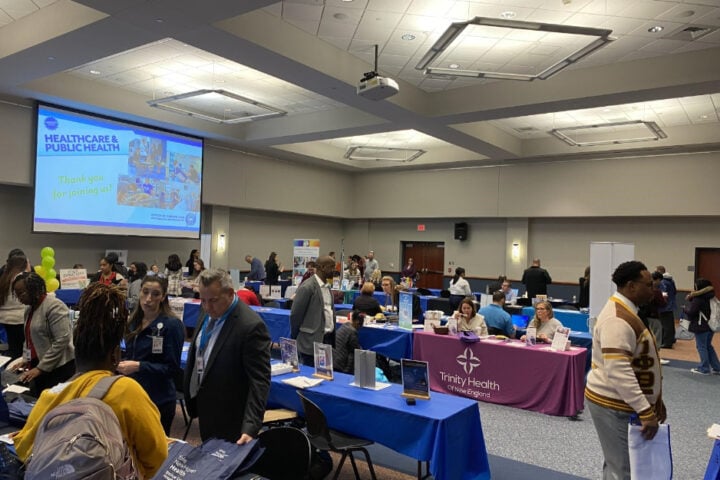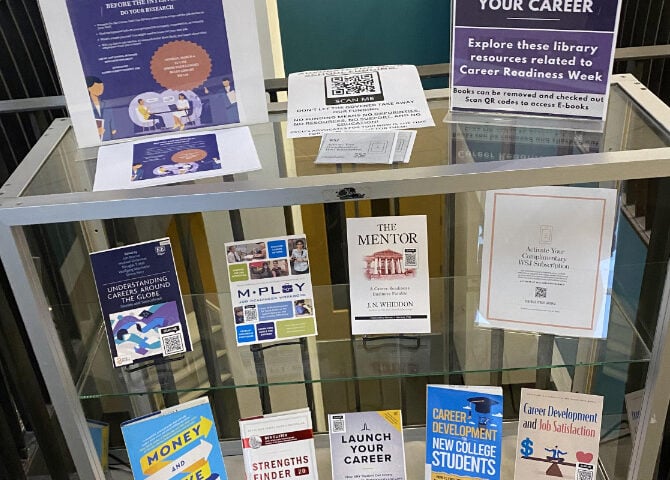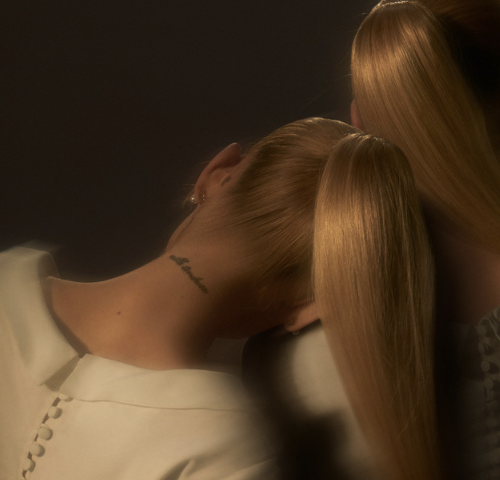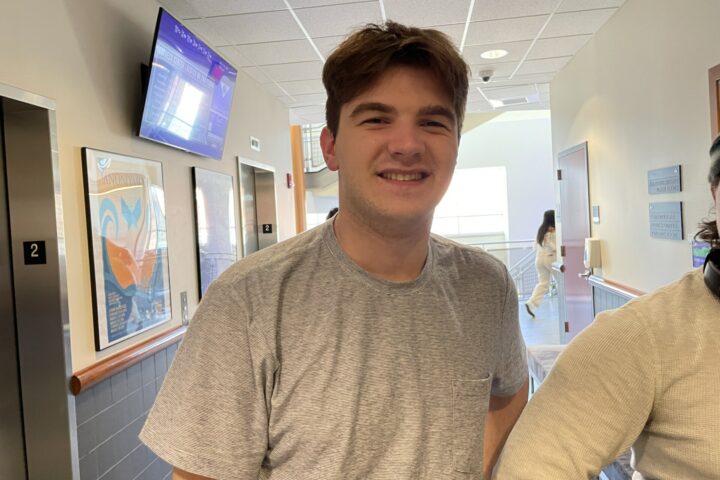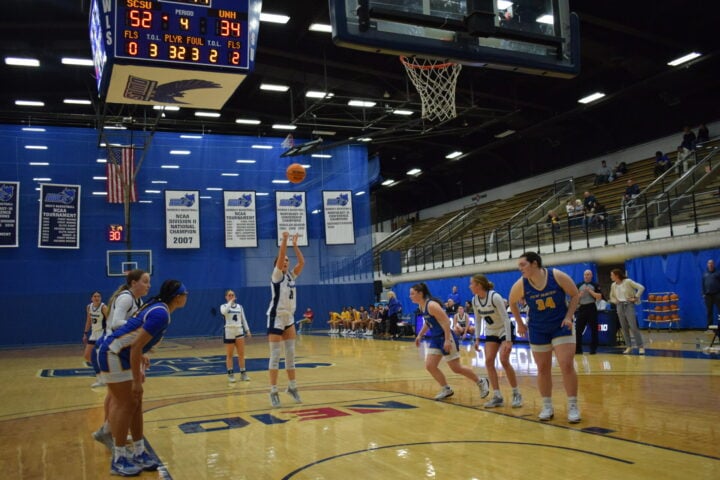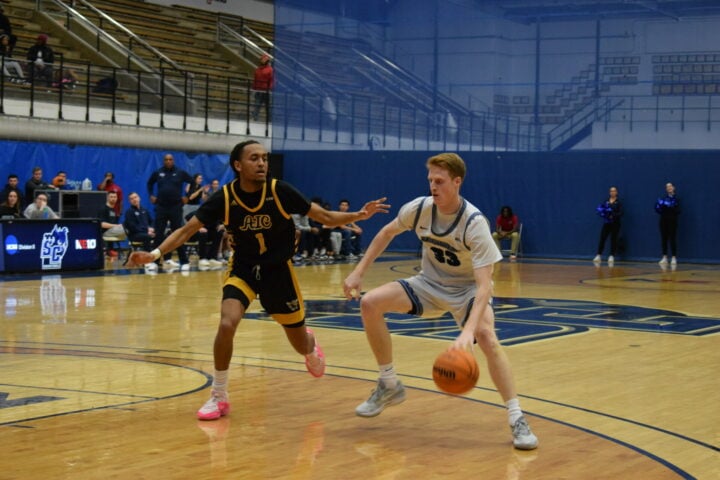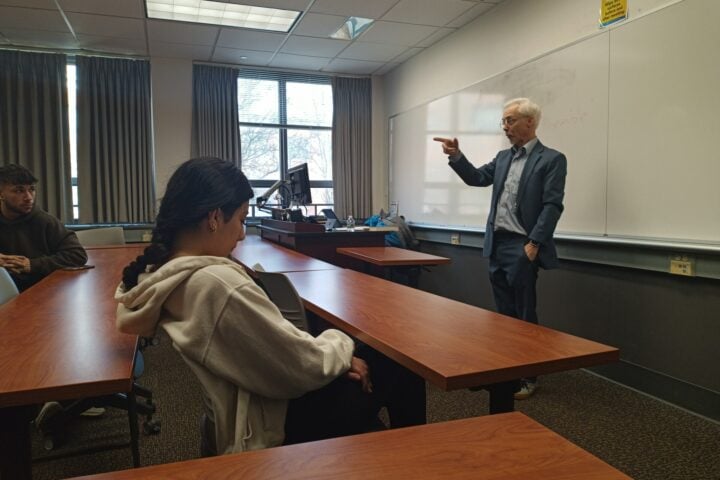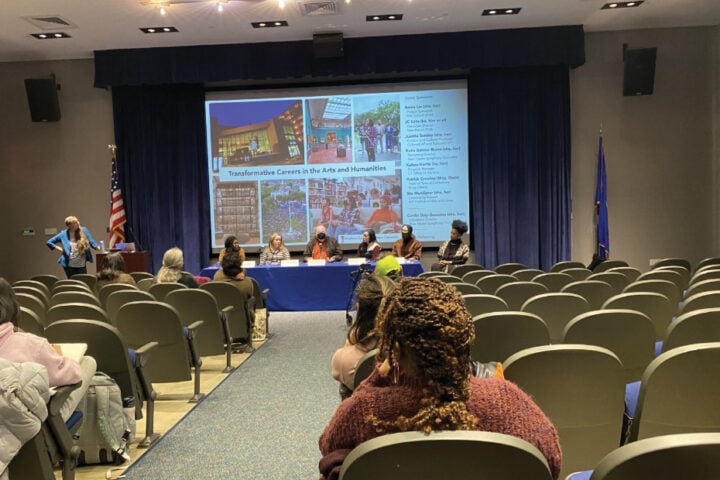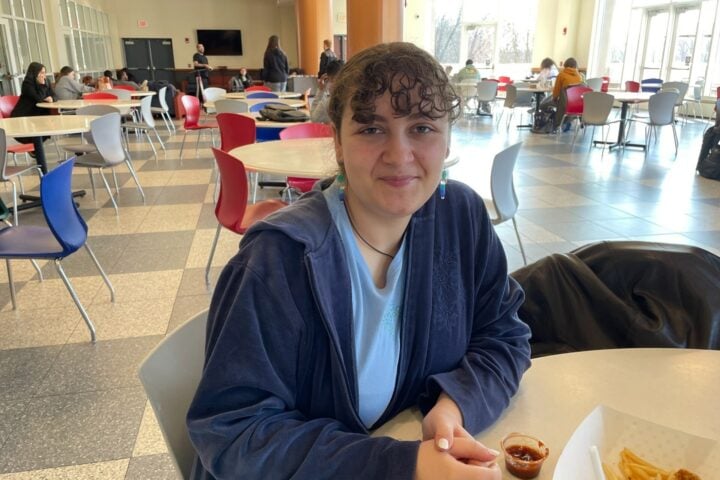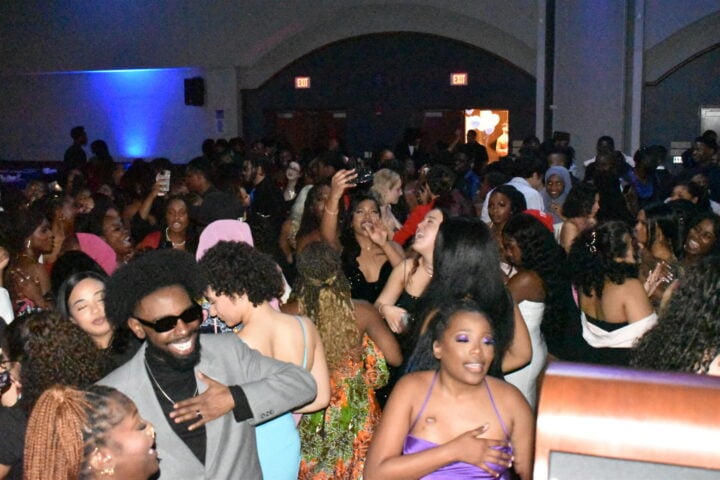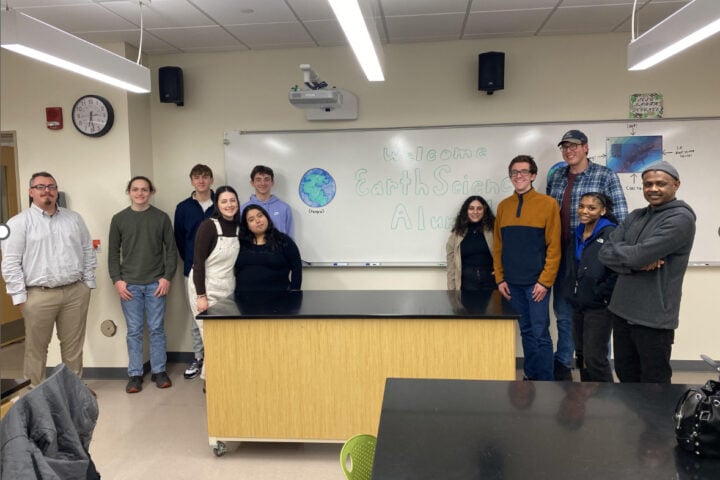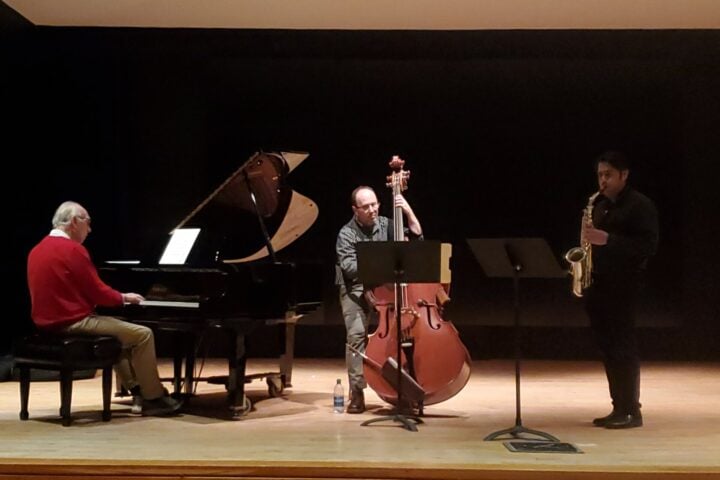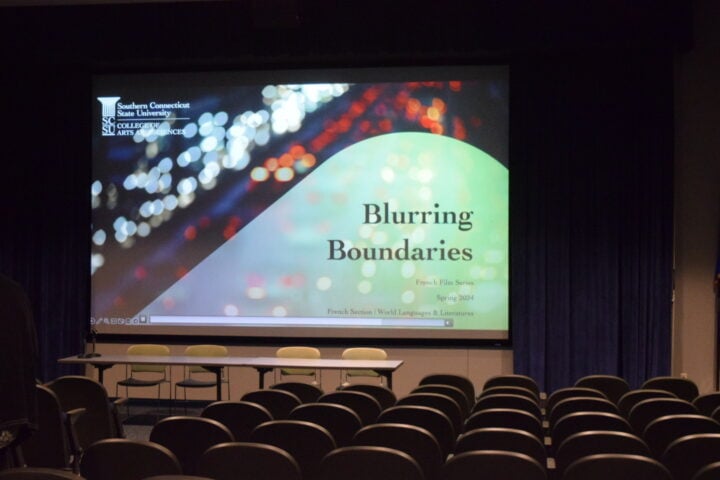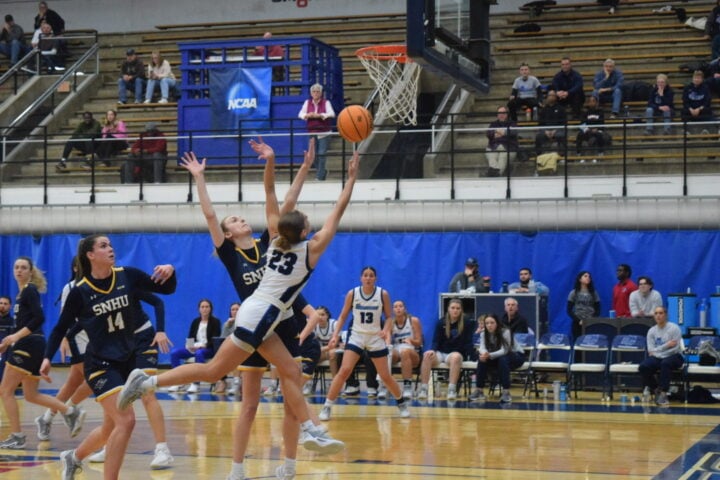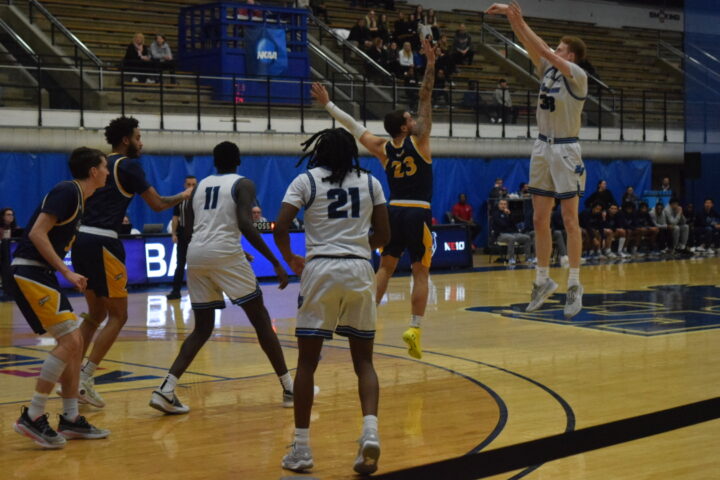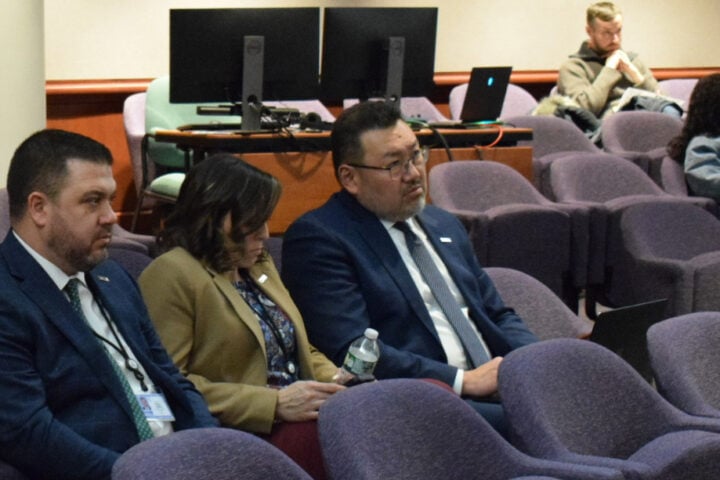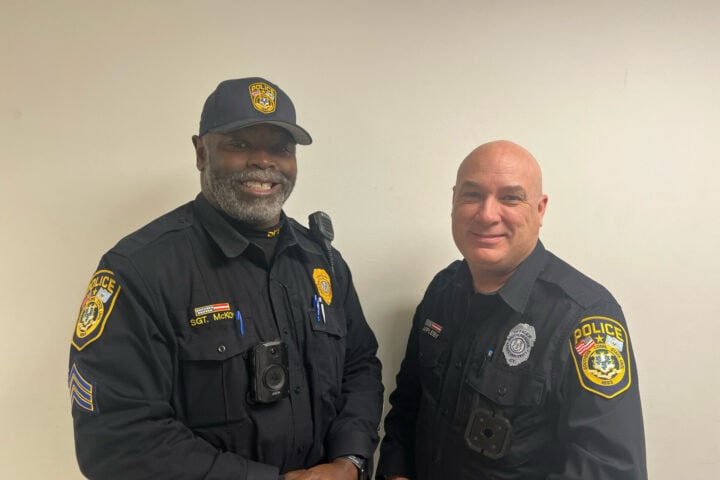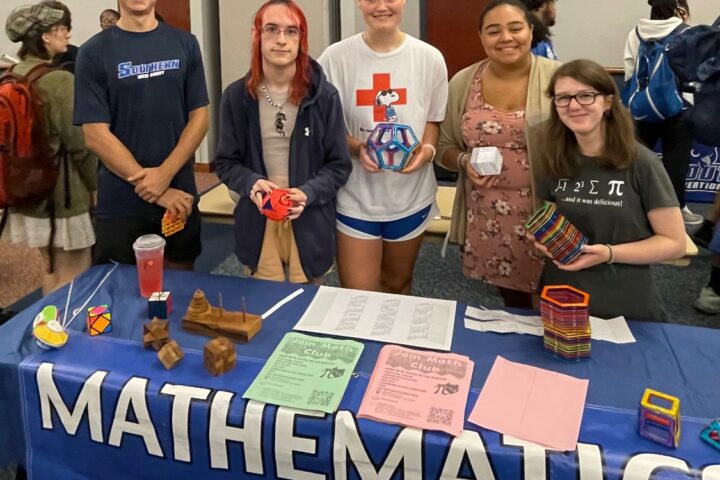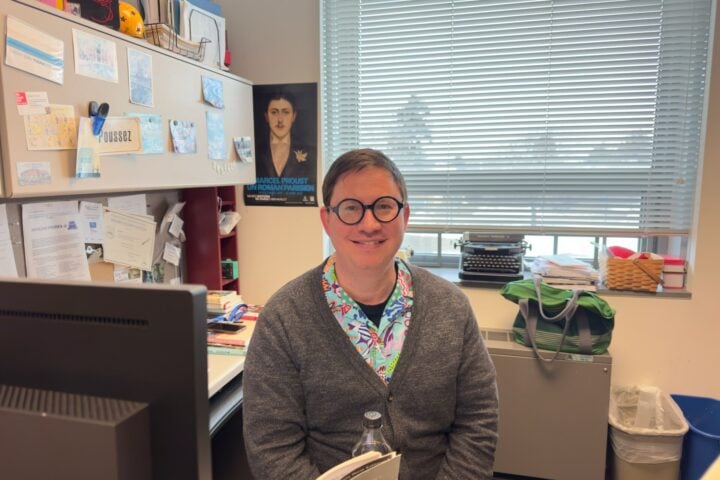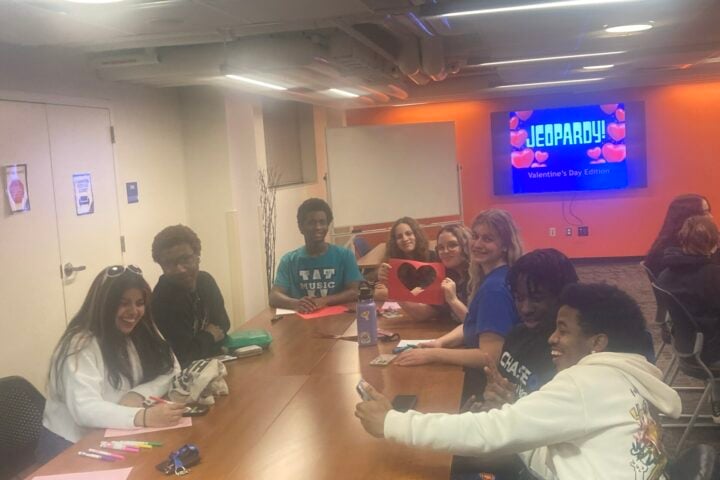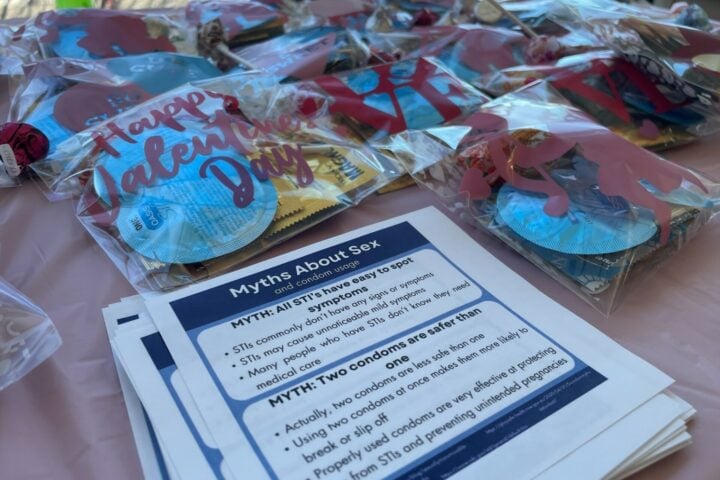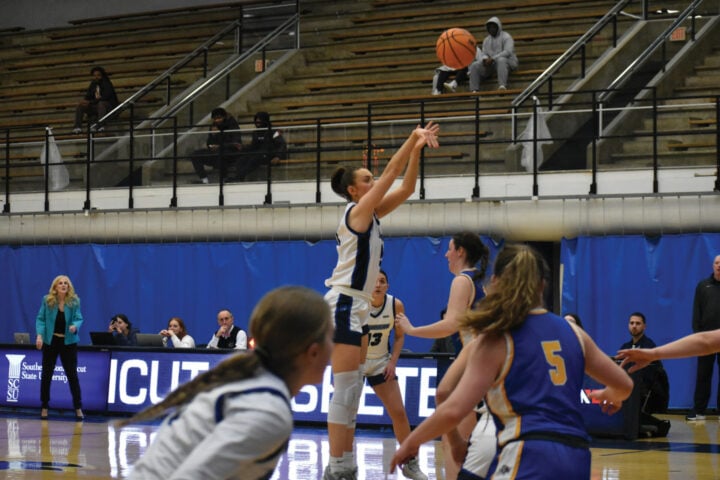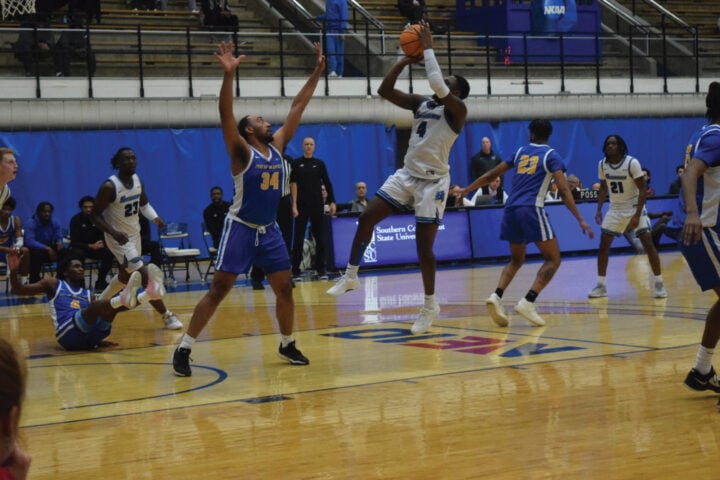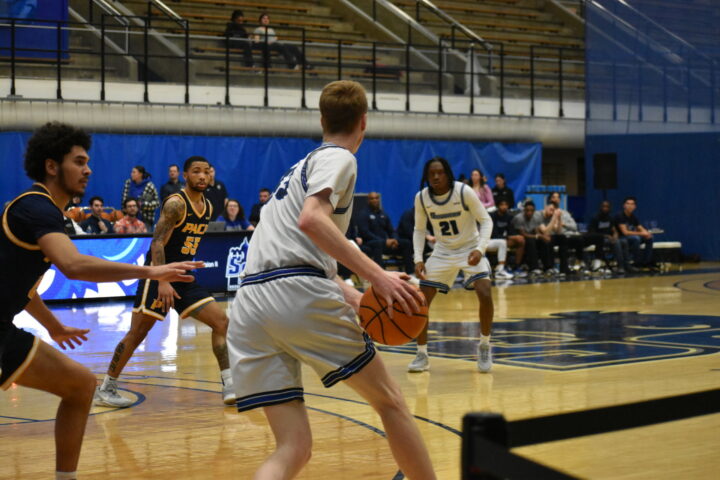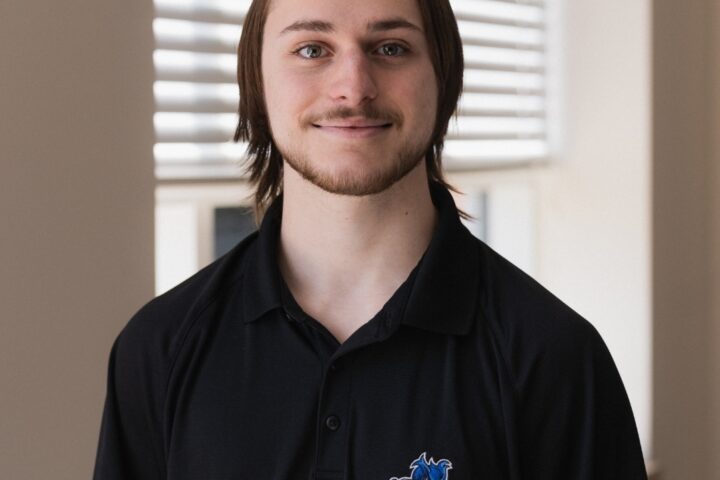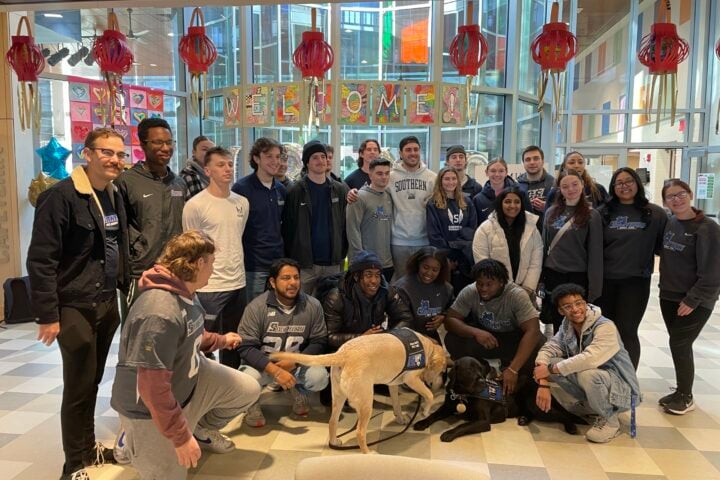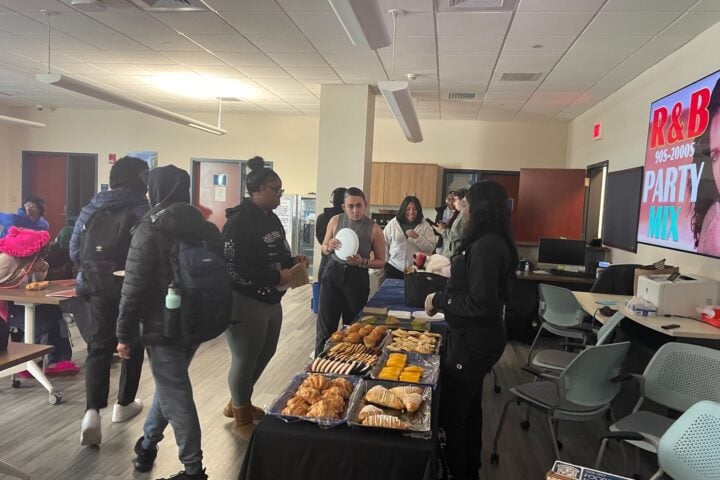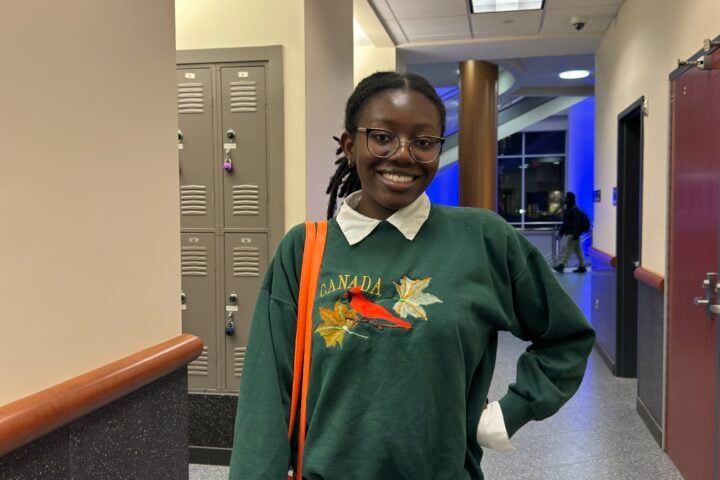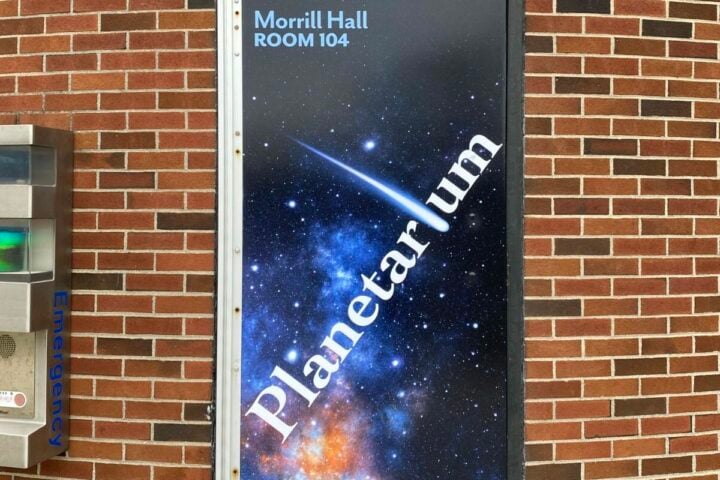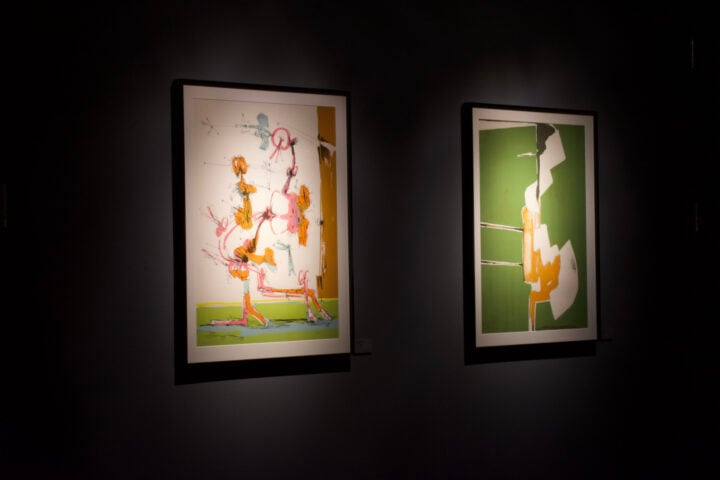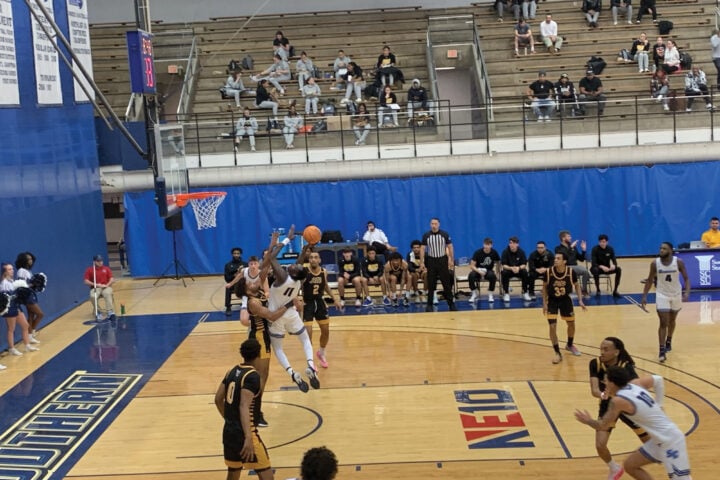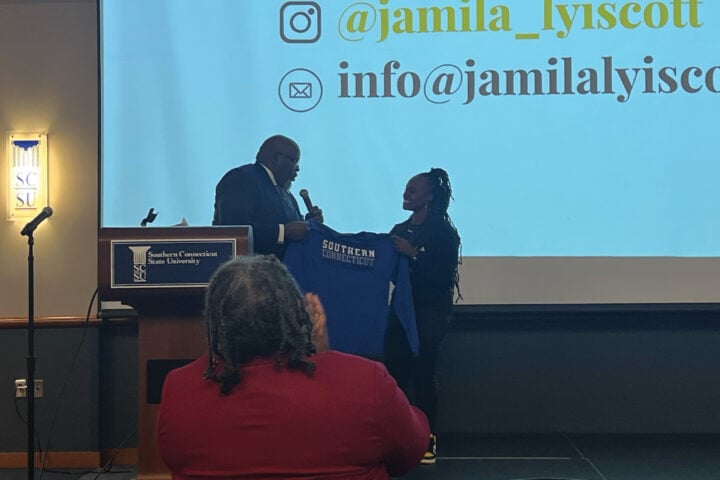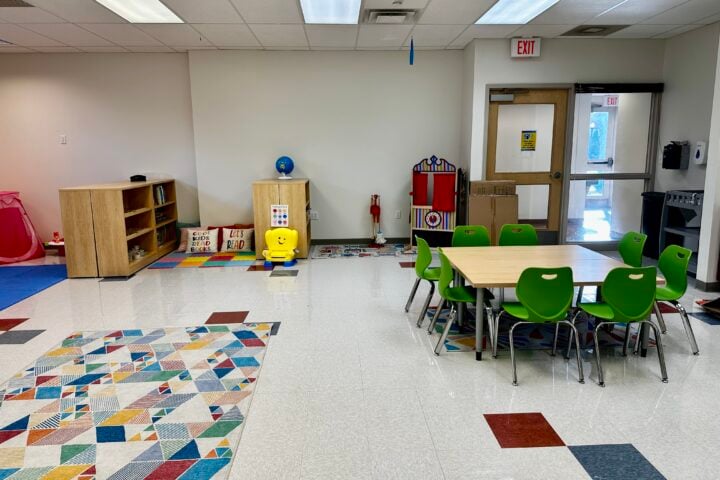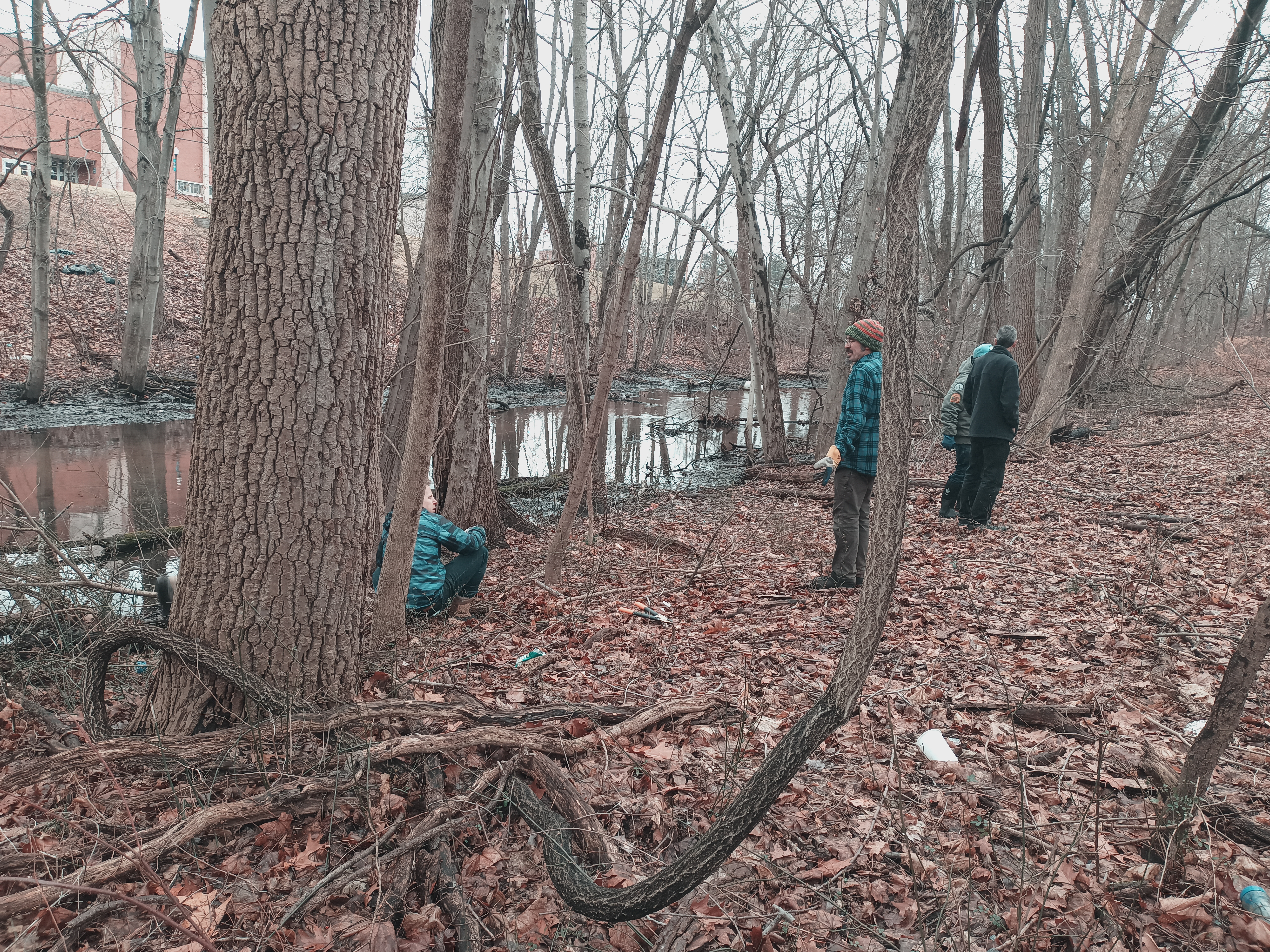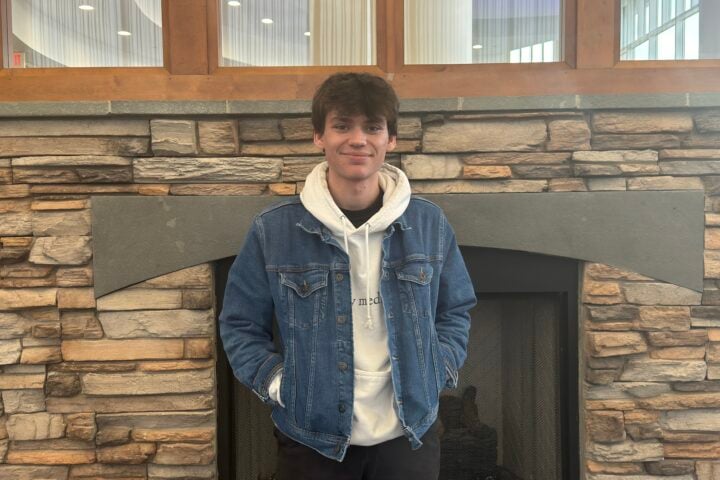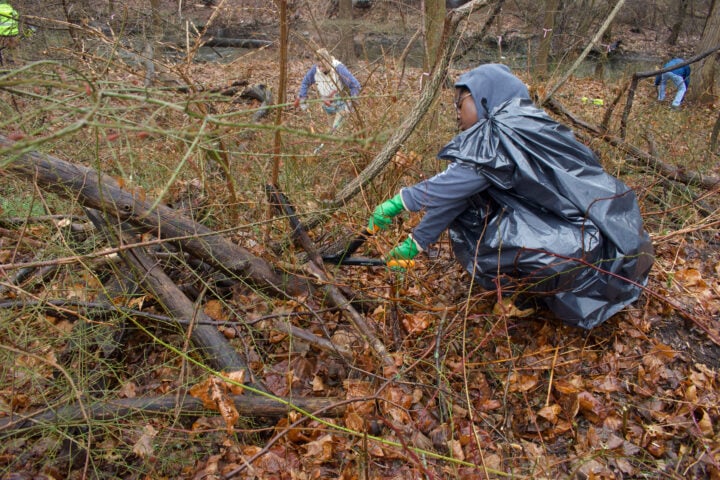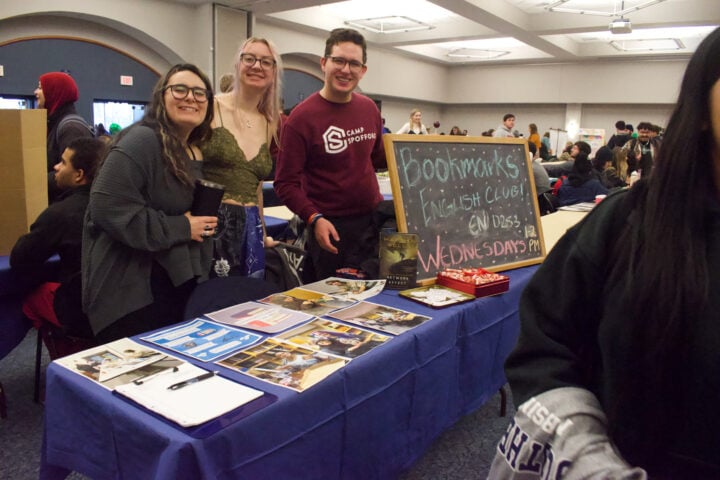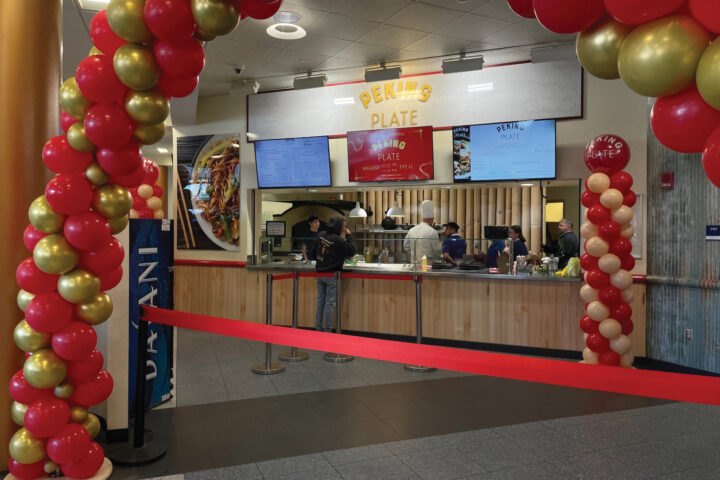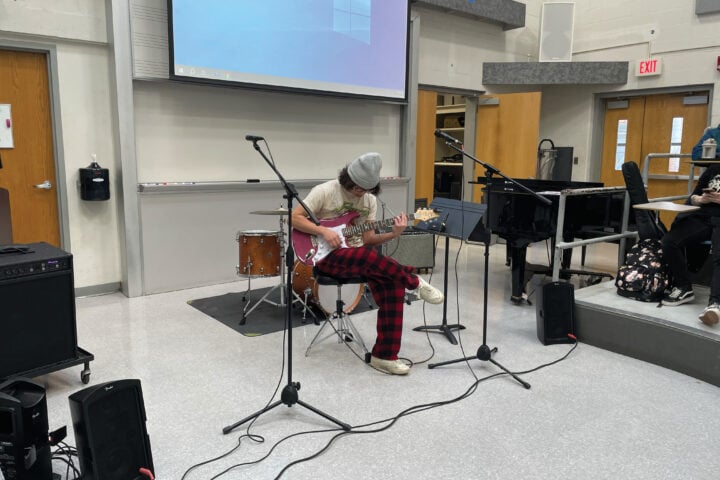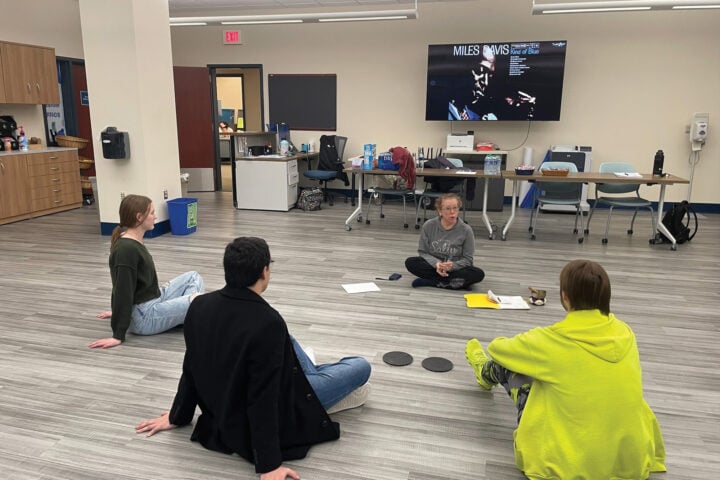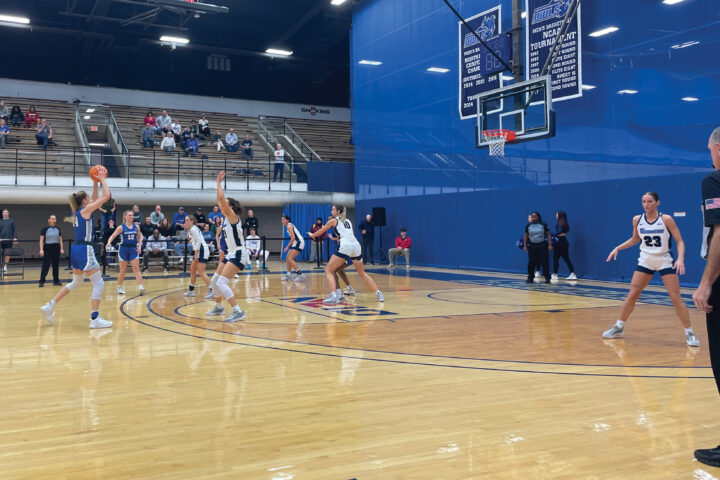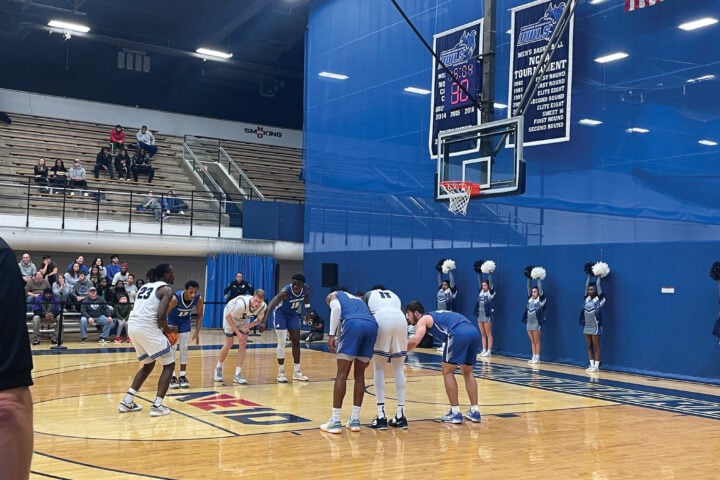Aaron Berkowitz – General Assignment Reporter The University’s planetarium is located directly beside Morrill hall and is more than 50 years old. It could use some tuning up but still does the job for the intro astronomy classes that he teaches this semester, said James Fullmer, associate professor of earth science at the SCSU. “It does not have a telescope inside,” said Fullmer. The Webster Dictionary’s definition of a planetarium is, “a building in which images of stars, planets, and constellations are projected on the inner surface of a dome for public entertainment or education.” Alisha Noble, junior exercise science human performance major, said she had no idea the planetarium was even there. “Can we go in it?” Noble asked. “I’ve never gone to see anything like that, I think I would probably have to hear more before I take the class but it sounds interesting.” Nick Charnysh, a sophomore in Fullmer’s intro to astronomy class this semester, said his idea of what exactly the planetarium was before taking the class, was completely different from what it is in reality. 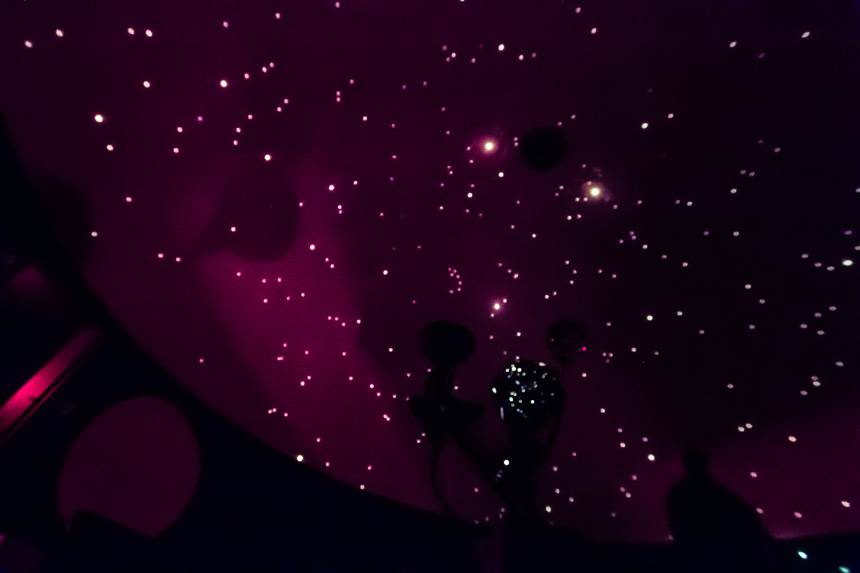 “I thought the roof would open up and we would be able to look up at the stars,” said Charnysh. “But its actually a small white dome that gets pitch black so the machine can project exactly what the stars will look like on a given night onto the ceiling. It’s pretty cool.” Charnysh said he hasn’t had a chance to use the techniques he’s learned in class yet, but when he has the time he will take his planisphere, a star map that shows the formation of stars for a given date, and look up at the sky. Jonny Pazell, a graphic design major and student in Fullmer’s intro to astronomy class, said he recommends the class to anyone who has an interest in science and outer space. “You could tell it was pretty old because there was some paint chipping,” said Pazell. “Dr. Fullmer mentioned how it malfunctions at times, but it was pretty cool still.” Pazell said on clear nights he goes outside and uses some of what he has learned so far in the class to spot some of the constellations he was taught about in class. Fullmer is the only person trained to work the machine on campus. He said it can short circuit sometimes and there are the occasional sparks that fly because of some connections breaking, but he understands how much it would cost to either repair it or replace the machine.
“I thought the roof would open up and we would be able to look up at the stars,” said Charnysh. “But its actually a small white dome that gets pitch black so the machine can project exactly what the stars will look like on a given night onto the ceiling. It’s pretty cool.” Charnysh said he hasn’t had a chance to use the techniques he’s learned in class yet, but when he has the time he will take his planisphere, a star map that shows the formation of stars for a given date, and look up at the sky. Jonny Pazell, a graphic design major and student in Fullmer’s intro to astronomy class, said he recommends the class to anyone who has an interest in science and outer space. “You could tell it was pretty old because there was some paint chipping,” said Pazell. “Dr. Fullmer mentioned how it malfunctions at times, but it was pretty cool still.” Pazell said on clear nights he goes outside and uses some of what he has learned so far in the class to spot some of the constellations he was taught about in class. Fullmer is the only person trained to work the machine on campus. He said it can short circuit sometimes and there are the occasional sparks that fly because of some connections breaking, but he understands how much it would cost to either repair it or replace the machine.
“The newer models are computerized,” said Fullmer. “Therefore they are a lot more expensive. ‘The beast’ is 54 years old and requires me to set up the formation of all the stars and planets manually.”
Students who are interested in seeing the inside of the planetarium can attend the laser shows that Fullmer said will take place during the fall. “The very first place the United States saw Sputnik was Southern,” said Fullmer. On Oct. 10, 1957, James Plato, Robert Brown, and Brown’s 15-year-old son named Richard saw the Soviet Union’s launch of the first satellite into orbit, Sputnik, while standing on top of Engleman hall, according to statements from school officials. The city isn’t an ideal place to observe the stars due to the amount of light pollution that is released, but SCSU is a historical place for space sightings nonetheless, said Fullmer. Photo Credit: Derek Torrellas


